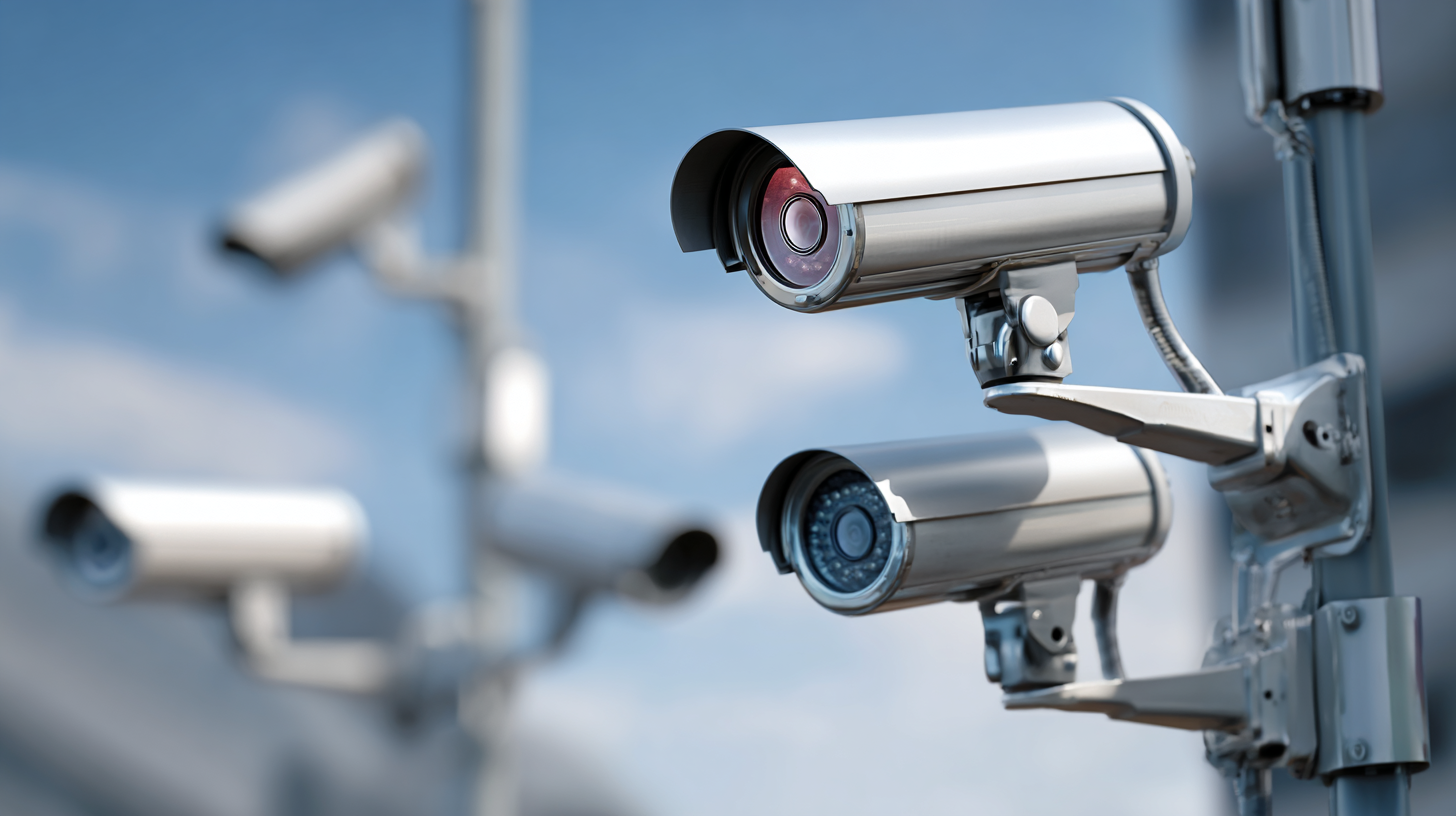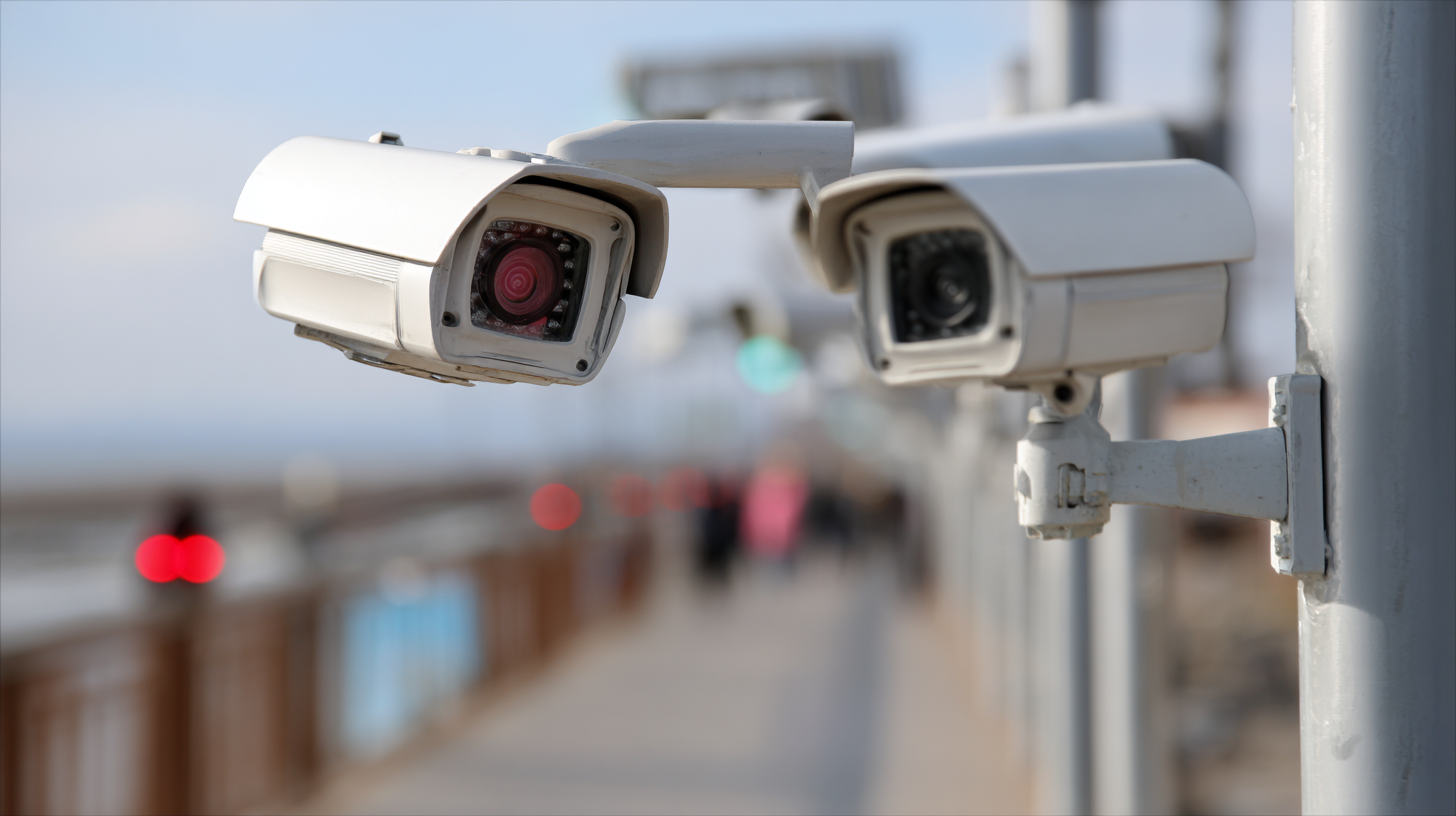In an increasingly unpredictable world, ensuring safety and security has become a paramount concern for individuals and businesses alike. As we look toward the industry's technological trends in 2025, the importance of surveillance cameras cannot be overstated. These devices have evolved significantly, integrating advanced features such as high-definition video, night vision, and smart technology that enhance their effectiveness in monitoring spaces. This ultimate guide aims to equip you with the knowledge needed to navigate the myriad options available today. Whether you're considering surveillance cameras for your home, office, or larger properties, understanding the emerging trends and features will empower you to make informed decisions tailored to your specific safety needs. Join us as we explore the essential factors in selecting the best surveillance cameras that align with the evolving security landscape.

When selecting surveillance cameras for home security needs, several critical factors must be taken into account. First and foremost, consider the camera type—whether you prefer wired or wireless systems. Wired cameras often provide more stable connections, while wireless options offer greater flexibility in placement. Additionally, think about the viewing angles and resolution: cameras with 1080p or higher resolution can deliver clearer images, which is vital for identifying faces or license plates in case of an incident.
Another essential consideration is the camera’s night vision capabilities. Many security breaches occur under the cover of darkness, so ensuring your surveillance system is equipped with infrared or low-light technology can significantly enhance your home’s security. Likewise, evaluate the storage options available—whether cloud-based or local, the system should accommodate your recording needs without compromising security. Finally, look into smart features such as motion detection alerts and remote access via mobile apps, which can provide added peace of mind and convenience. Choosing the right combination of these factors will help ensure that you select the best surveillance system suited to your specific safety requirements.
When it comes to selecting the right surveillance cameras for your safety needs, understanding the intricacies of resolution is paramount. In the world of surveillance, 1080p and 4K are two of the most prominent options, each offering distinct advantages. 1080p, or Full HD, provides clear images suitable for many applications, but as safety demands grow, many users are turning to 4K. With four times the pixel count of 1080p, 4K delivers exceptional detail, making it easier to identify faces and other critical features from a distance.

Tip: If you’re choosing between 1080p and 4K, consider the layout of your property. Larger areas might benefit significantly from the enhanced resolution of 4K cameras, especially if you need to monitor specific details over substantial distances.
Additionally, higher resolution cameras often require more storage and bandwidth. This is an important factor to keep in mind, especially for those with limited internet connectivity or storage solutions. While 4K provides unparalleled clarity, assessing your current infrastructure and future scalability can save you both cost and headache.
Tip: Evaluate your existing network speed and the storage capacity of your surveillance system. If upgrading to 4K, ensure that your setup can handle the increased data flow without compromising performance.
When considering surveillance technology for your home, the choice between wired and wireless cameras is crucial. Wired systems offer high reliability and consistent video quality, as they aren’t prone to interference and do not rely on a good wireless signal. Installation may require more effort, involving physical cabling, which can be a drawback for those looking for a quick setup. However, once installed, they often excel in delivering uninterrupted service, making them ideal for those with larger properties.
On the other hand, wireless surveillance cameras are lauded for their flexibility and ease of installation. They can be placed almost anywhere, making them ideal for renters or anyone looking to avoid the hassle of wiring. Recent innovations in wireless technologies have also improved their performance, with enhanced charging methods allowing for quicker setup and more efficient operation. Nevertheless, potential concerns regarding their security and reliability in areas with weak Wi-Fi signals should be weighed against their convenience. Ultimately, the right choice depends on your specific security needs and installation preferences.
In today’s rapidly evolving security landscape, the effectiveness of surveillance systems hinges on features such as night vision and motion detection. These functionalities play a crucial role in enhancing safety across diverse environments—from villas to apartments. By 2033, the global market for security services, including video surveillance systems, alarm systems, and access control systems, is projected to expand significantly, driven by growing security concerns. Data suggests that the surveillance camera market alone is expected to reach a value of $42 billion by 2034, illustrating the increasing reliance on technological advancements for safety needs.

Moreover, the solar-powered camera market exemplifies the intersection of innovation and demand, with projections indicating a growth rate of 10.5% annually, potentially increasing from $110 million in 2022 to $240 million by 2030. This trend underscores a broader shift towards sustainable solutions within the security sector. Specifically, the introduction of features like infrared night vision amplifies the capability of wireless backup cameras, which are becoming essential for homeowners and businesses alike. As the industry adapts to emerging technologies, understanding these trends will be pivotal for anyone looking to invest in effective security measures.
When it comes to ensuring safety in various environments, selecting the right surveillance camera is crucial. Indoor and outdoor cameras serve different purposes and have distinct features that cater to specific needs. According to a report by MarketsandMarkets, the global surveillance market is expected to reach $74.6 billion by 2025, driven by the increasing demand for security solutions. Indoor cameras, often compact and designed for less harsh conditions, typically feature low-light capabilities, two-way audio, and advanced motion detection to monitor activities within homes and businesses effectively.
On the other hand, outdoor cameras must withstand the elements while providing high-resolution footage. Industry data indicates that 60% of all burglaries are avoided when there is a visible security camera onsite. Outdoor models often come equipped with weatherproof housings, night vision capabilities, and broader field views for monitoring larger areas. Furthermore, features such as motion-activated alerts and cloud storage integration have become essential, as they enhance the overall safety and responsiveness of a surveillance system. Ultimately, understanding the differences between indoor and outdoor cameras will empower consumers to make informed decisions tailored to their unique safety needs.